PHOTOSYNTHETIC EXCITONS
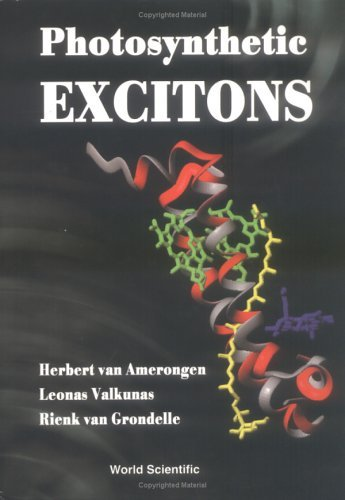
Summary
Excitons are considered as the basic concept used by describing the spectral properties of photosynthetic pigment-protein complexes and excitation dynamics in photosynthetic light-harvesting antenna and reaction centers. Following the recently obtained structures of a variety of photosynthetic pigment-protein complexes from plants and bacteria our interest in understanding the relation between structure, function and spectroscopy has strongly increased. These data demonstrate a short interpigment distance (of the order of 1 nm or even smaller) and/or a highly symmetric (ring-like) arrangement of pigment molecules in peripheral light-harvesting complexes of photosynthetic bacteria. Books which were devoted to the exciton problem so far mainly considered the spectral properties of molecular crystals. However, the small size of these pigment aggregates in the pigment-protein complexes as well as the role of the protein, which is responsible for the structural arrangement of the complex, clearly will have a dramatic influence on the pigment spectra and exciton dynamics. All these aspects of the problem are considered in this book. Exciton theory is mainly considered for small molecular aggregates (dimers, ring-like structures etc.). Together with the theoretical description of the classical conceptual approach, which mainly deals with polarization properties of the absorption and fluorescence spectra, the nonlinear femtosecond spectroscopy which is widely used for investigations now is also discussed. A large part of the book demonstrates the excitonic effects in a multitude of photosynthetic pigment-protein complexes and how we can understand these properties on the basis of the exciton concept.
Similar Books
-
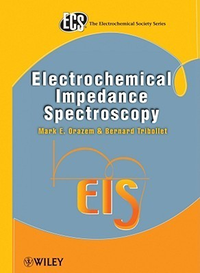 Electrochemical Impedance Spectroscopy
Electrochemical Impedance Spectroscopyby Mark E. Orazem
-
 Photonic Crystals: Towards Nanoscale Photonic Devices
Photonic Crystals: Towards Nanoscale Photonic Devicesby Jean-Michel Louritioz (Universite Paris Sud); Henr
-
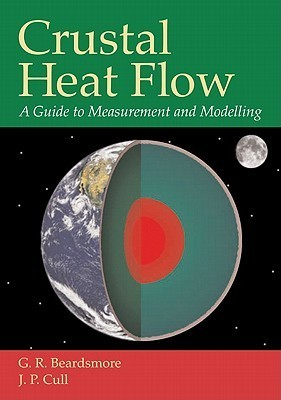 Crustal Heat Flow: A Guide to Measurement and Modelling
Crustal Heat Flow: A Guide to Measurement and Modellingby G.R. Beardsmore
-
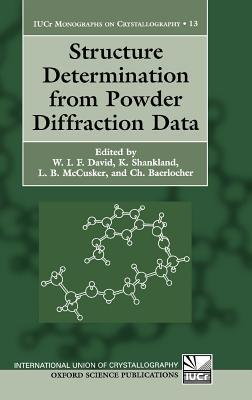 Structure Determination from Powder Diffraction Data
Structure Determination from Powder Diffraction Databy W.I.F. David
-
 The Electronic Structures of Solids
The Electronic Structures of Solidsby B.R. Coles
-

-
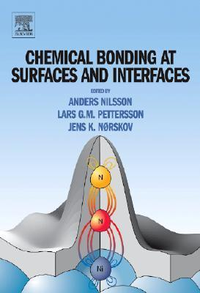 Chemical Bonding at Surfaces and Interfaces
Chemical Bonding at Surfaces and Interfacesby Anders Nilsson
-
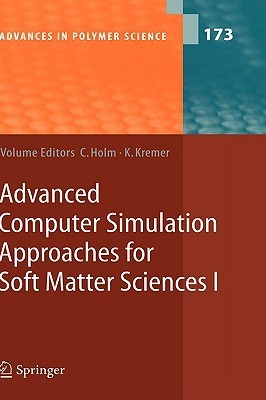
-
 Advances in Chemical Reaction Dynamics
Advances in Chemical Reaction Dynamicsby Peter M. Rentzepis
-
 The Structure and Properties of Water
The Structure and Properties of Waterby David S. Eisenberg
-
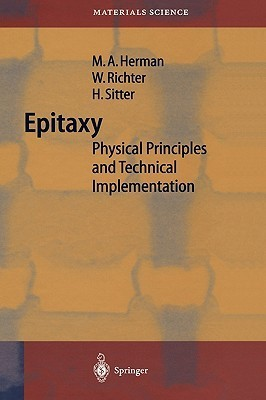 Epitaxy: Physical Foundation and Technical Implementation
Epitaxy: Physical Foundation and Technical Implementationby Marian A. Herman
-
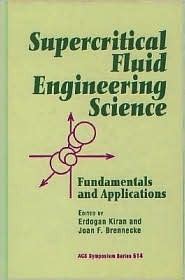
-
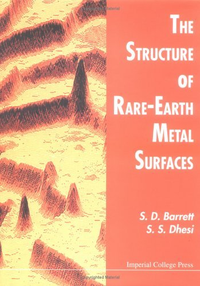 The Structure of Rare Earth Metal Surfaces
The Structure of Rare Earth Metal Surfacesby S ean D. Barrett
-
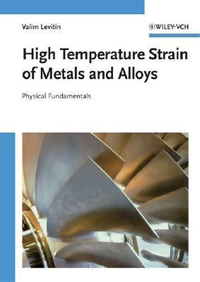 High Temperature Strain of Metals and Alloys: Physical Fundamentals
High Temperature Strain of Metals and Alloys: Physical Fundamentalsby Valim Levitin
-
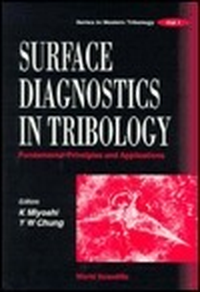
-
 Cyclic Organonitrogen Stereodynamics
Cyclic Organonitrogen Stereodynamicsby Joseph B. Lambert
-
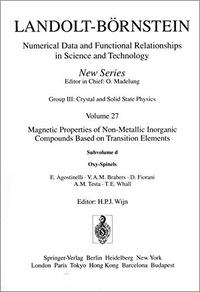 Oxy-Spinels / Oxy-Spinelle
Oxy-Spinels / Oxy-Spinelleby E. Agostinelli
-
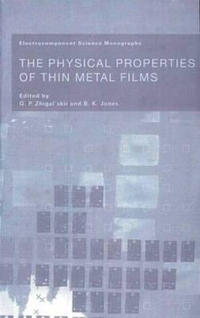 The Physical Properties of Thin Metal Films
The Physical Properties of Thin Metal Filmsby G.P. Zhigal'skii
-
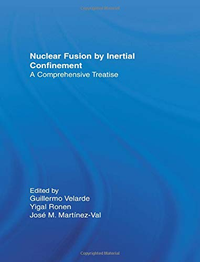 Nuclear Fusion by Inertial Confinement: A Comprehensive Treatise
Nuclear Fusion by Inertial Confinement: A Comprehensive Treatiseby Guillermo Velarde
-
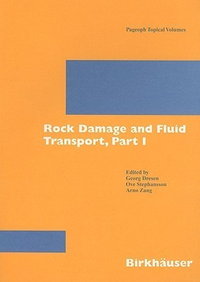 Rock Damage and Fluid Transport, Part I
Rock Damage and Fluid Transport, Part Iby Georg Dresen
-
 Rock Damage and Fluid Transport, Part II
Rock Damage and Fluid Transport, Part IIby Arno Zang
-
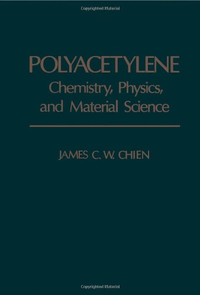 Polyacetylene: Chemistry, Physics, and Material Science
Polyacetylene: Chemistry, Physics, and Material Scienceby James C.W. Chien
-
 Solvent Effects and Chemical Reactivity
Solvent Effects and Chemical Reactivityby Orlando Ed. Tapia
-
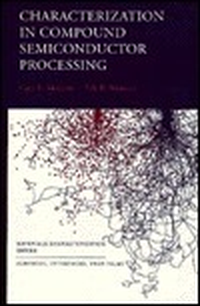 Characterization in Semiconductor Compound Processing
Characterization in Semiconductor Compound Processingby Yale Strausser
-
 Heavy Ion Reactions
Heavy Ion Reactionsby Ricardo A. Broglia
-
 Smithells Metals Reference Book
Smithells Metals Reference Bookby Colin J. Smithells
-
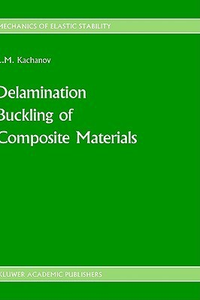 Delamination Buckling of Composite Materials
Delamination Buckling of Composite Materialsby L.M. Kachanov
-
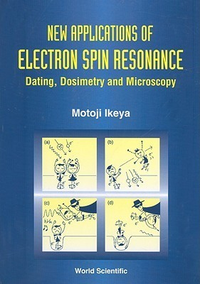
-
 Structure and Dynamics of Surfaces I
Structure and Dynamics of Surfaces Iby W. Schommers
-
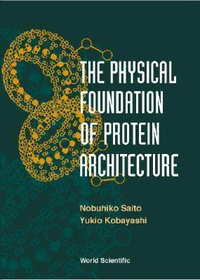 The Physical Foundation of Protein Architecture
The Physical Foundation of Protein Architectureby Nobuhiko Saito